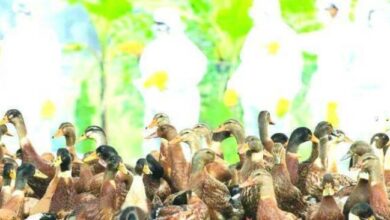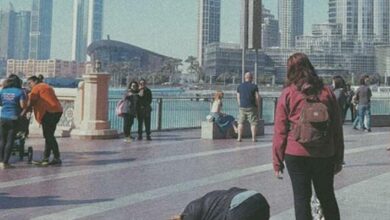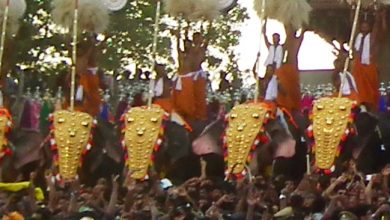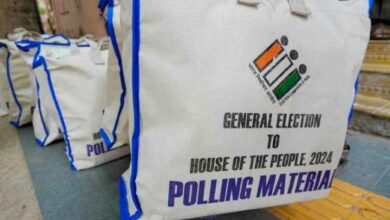CBSE schools to introduce Art-Integrated learning methods
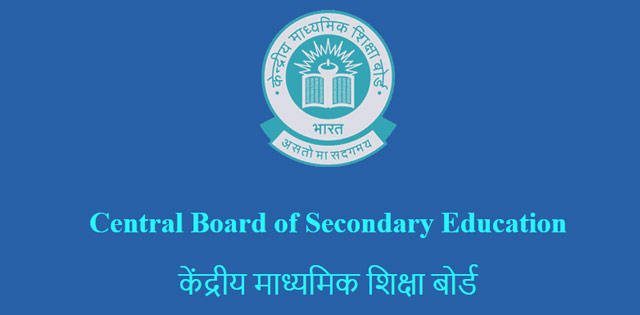
New Delhi: Central Board of Secondary Education (CBSE) affiliated schools will soon have Art-Integrated learning methods. Recently there has been a rapid shift in the focus on learning methods with more focus on learning outcomes. To achieve the learning outcomes as listed by NCERT, there was a need to align learning methods and assessment process. CBSE has already introduced change in assessment and evaluation process which will be implemented from the upcoming academic year.
Art-Integrated learning is another step in achieving the targets set by NCERT to achieve learning outcomes.
In its Circular, CBSE has cited NCF 2005 recommendations of integrating Arts with curriculum.
“Art as a subject at all stages covering all four major spheres, i.e. music, dance, visual arts and theatre….We must bring the arts squarely into the domain of the curricular, infusing them in all areas of learning while giving them an identity of their own at relevant stages […] The importance of India’s heritage crafts, both in terms of their economic and aesthetic values, should be recognized as being relevant to school education.”
Keeping these recommendations in mind the board, after discussion with various stakeholders, has decided to introduce Art-Integrated learning in classrooms.
Advocating the integration of art forms in learning process, the board says, “[…] when Art is integrated with education, it helps the child apply art-based enquiry, investigation and exploration, critical thinking and creativity for a deeper understanding of the concepts. Also, Art Integrated learning is a strong contender for experiential learning, as it enables the student to derive meaning and understanding, directly from the learning experience.”
Other objectives that Art-integrated learning is expected to achieve are development of skills such as communication skill, reflection and enquiry skills, appreciation for aesthetic and creativity, and also enable students to identify ‘multi-disciplinary links between subjects, topics, and real life’.
Art-Integrated learning is not a new concept. In the 2014 March/April edition of Harvard Education Letter, Suzzane Bouffard, wrote an article on ‘Using the Arts to Turn Schools Around’. Ms. Bouffard was a writer and researcher at the Harvard Graduate School of Education for ten years.
In the article she cites example of a fifth-grade math class at Orchard Gardens K-8 Pilot School in Boston where students were taught multiplication table through Salsa.
“Standing on large multiplication tables on the floor, they learn that the right foot represents the ones place and the left foot represents the tens place.” The students remembered the tables when they went back to their desks.
“A number of qualitative studies have reported that students who learn through the arts are more interested in their coursework and able to connect it to real life,” wrote Ms. Bouffard.
CBSE, in its circular, has said a two-pronged approach will be adopted to implement Art-Integrated Learning.
“Art education will continue to be an integral part of the curriculum at Secondary level, as a co-scholastic area. The schools may also promote and offer Visual and Performing Arts based subjects at the Secondary and Senior Secondary levels.”
While art education will continue, art forms will be integrated with teaching methods ‘of all academic subjects from classes 1 to 12, to promote active and experiential learning for “connecting knowledge to life outside the school, ensuring that learning shifts away from rote methods and for enriching the curriculum, so that it goes beyond textbooks.’

